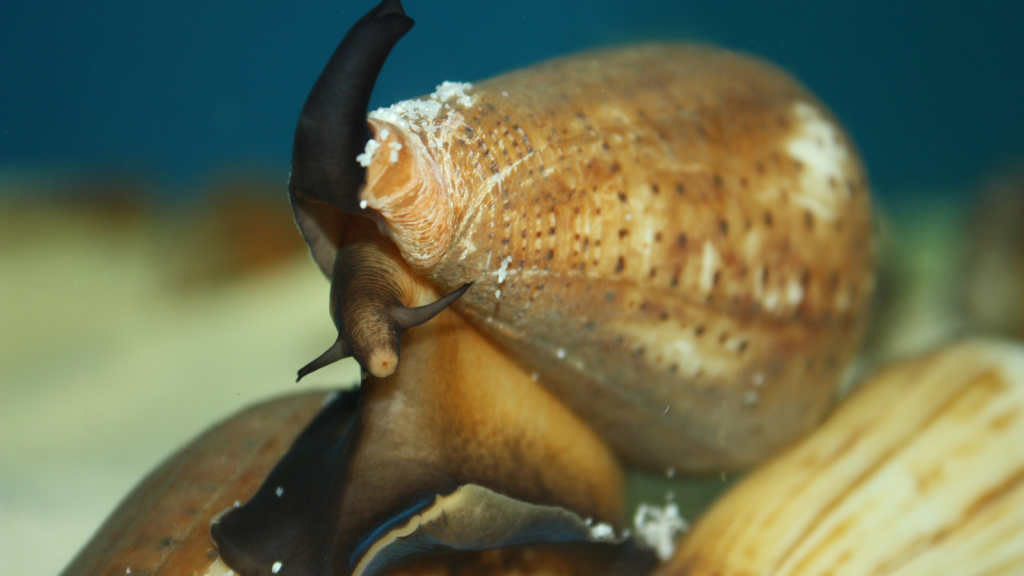Cone snails might look like harmless, beautiful shells you’d find on a beach holiday, but these marine molluscs are far from ordinary. Hidden beneath their attractive exterior lies a creature with remarkable abilities and deadly potential. While they’re not common in British waters, cone snails pose deadly and painful threats in other parts of the world. From their powerful venom to their unique hunting techniques, these sea snails are surprisingly complex and interesting. Just don’t step on one!
They’re Deadly Hunters
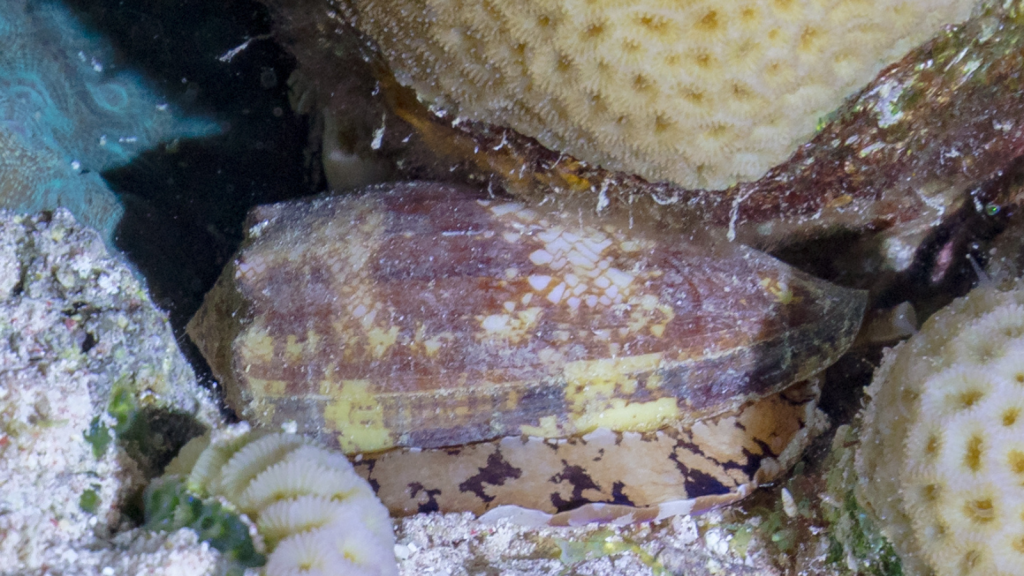
Cone snails are carnivorous predators with a venomous bite. They use a modified radula, a sort of tooth-like structure, as a harpoon to catch and immobilise their prey. This harpoon is loaded with a potent venom cocktail that can paralyse fish, worms, and even other molluscs in seconds. Some larger species, like the geography cone, can even take down small sharks with their powerful venom.
Their Venom Is Extremely Powerful
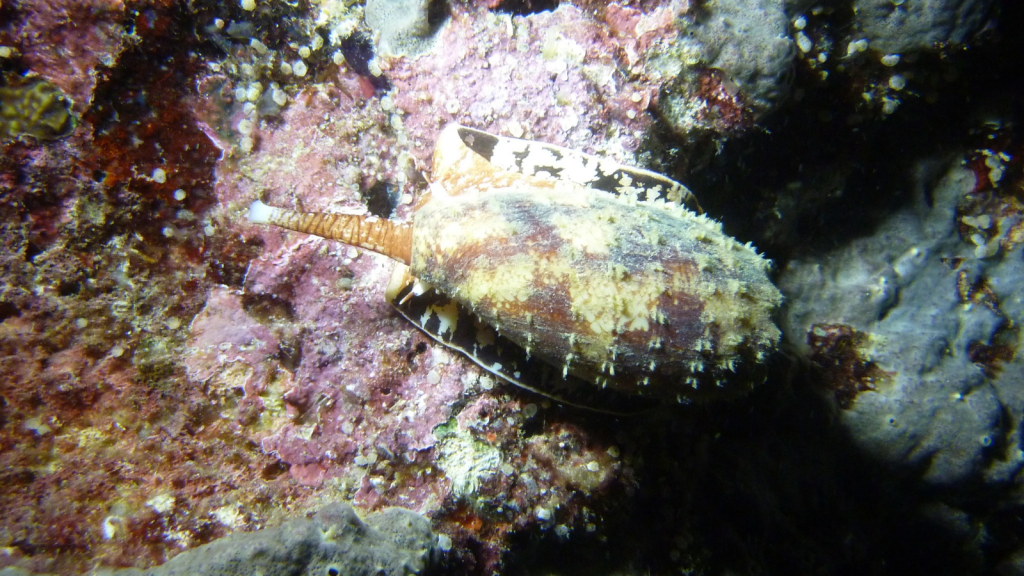
The venom of some cone snail species is so potent that it can kill a human. In fact, it’s estimated to be 1,000 times more powerful than morphine. A single drop of cone snail venom could be enough to kill up to 20 people. The most dangerous species, Conus geographus, has been responsible for dozens of human deaths, earning it the nickname “the cigarette snail” because after being stung, you reportedly only have time to smoke a cigarette before you die.
They’re Snake Impersonators
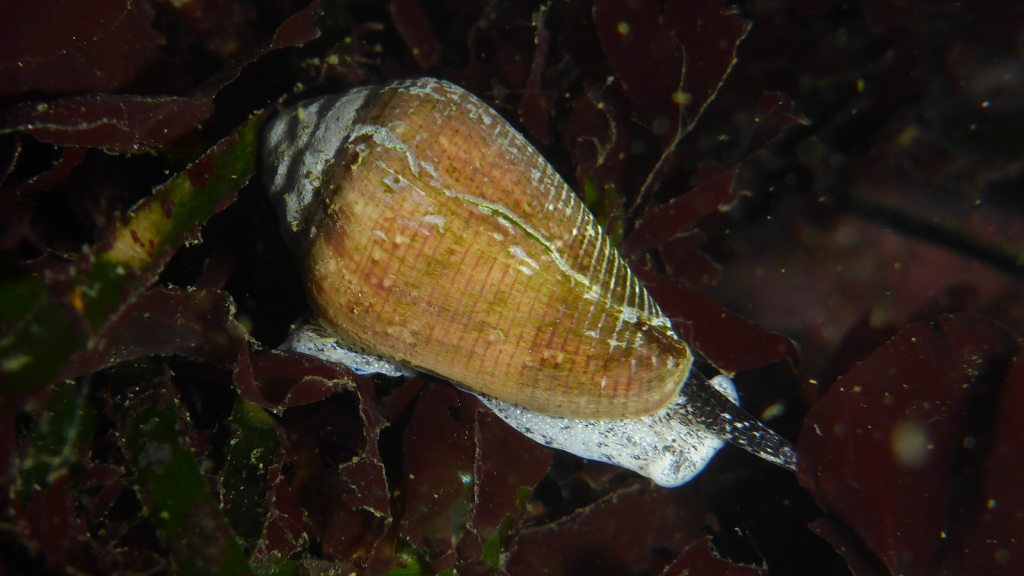
Some cone snail species have evolved to mimic sea snakes. When threatened, they extend a long, thin part of their body that looks remarkably like a venomous sea snake. This clever disguise helps deter potential predators. The mimicry is so convincing that it can fool not only predators but also human observers.
They Have Over 800 Species
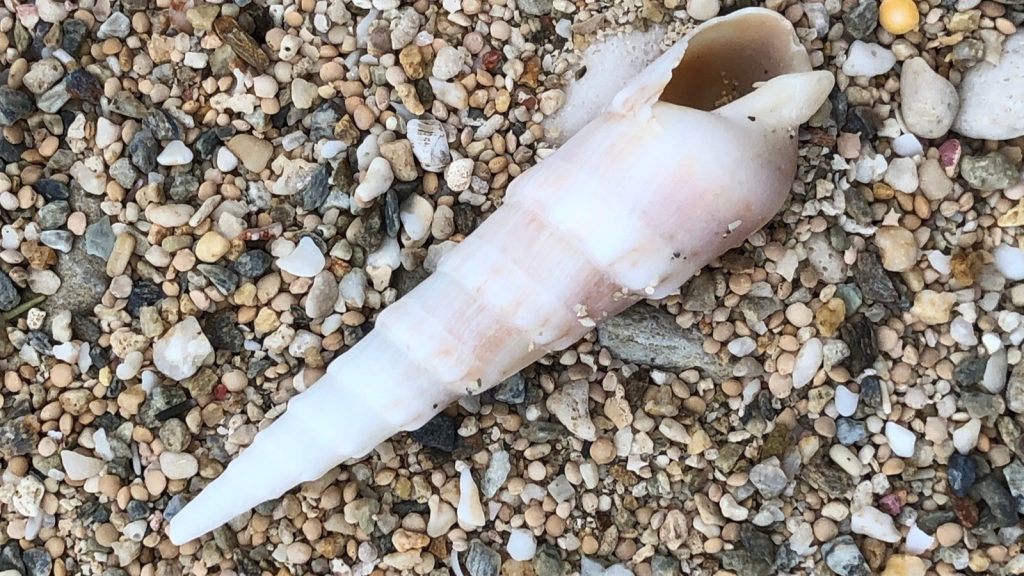
The cone snail family, Conidae, includes over 800 known species. They come in a wide variety of sizes, patterns, and colours. Some are small enough to sit on your fingertip, while others can grow to over 20 centimetres in length. New species are still being discovered, with researchers estimating there could be up to 1,000 species in total.
Their Shells Are Prized By Collectors
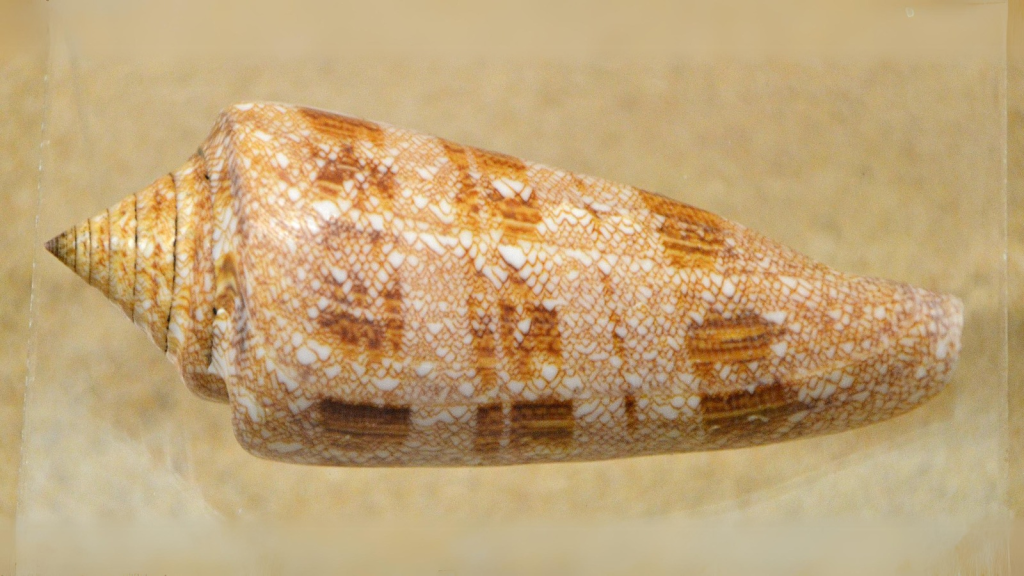
Cone snail shells are highly sought after by collectors due to their beautiful patterns and rarity. Some rare species can fetch thousands of pounds. However, it’s important to note that collecting live cone snails can be extremely dangerous. The “Glory of the Sea” cone (Conus gloriamaris) was once considered the most valuable shell in the world, with a single specimen selling for $2,000 in the 1960s.
They Use Insulin As A Weapon
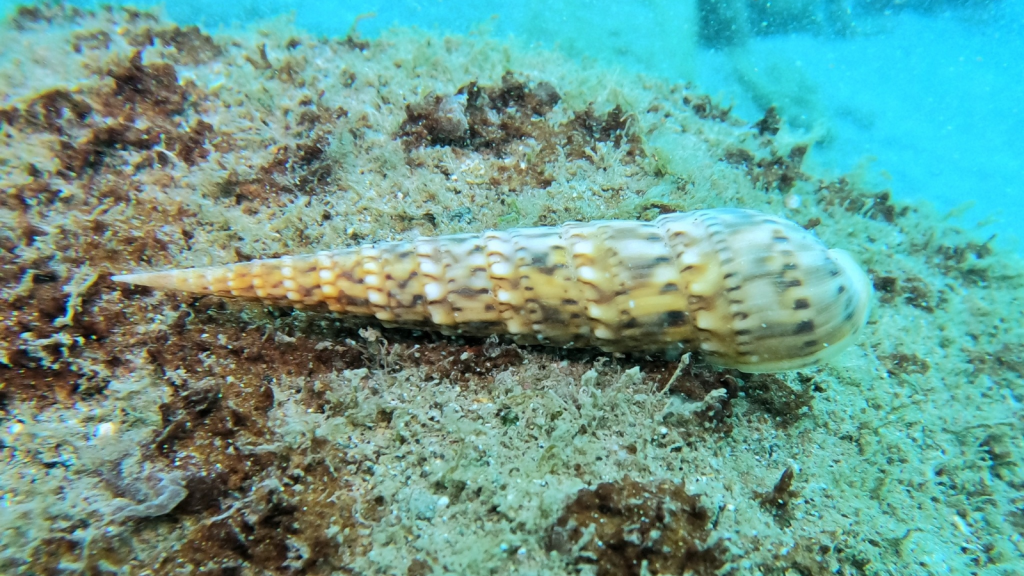
In a bizarre twist, some cone snails use a form of insulin in their venom cocktail. This insulin causes a rapid drop in blood sugar in their fish prey, making them easier to catch. It’s the only known example of insulin being used as a weapon in the animal kingdom. This discovery has led to new research into diabetes treatments.
They’re Slow But Sneaky
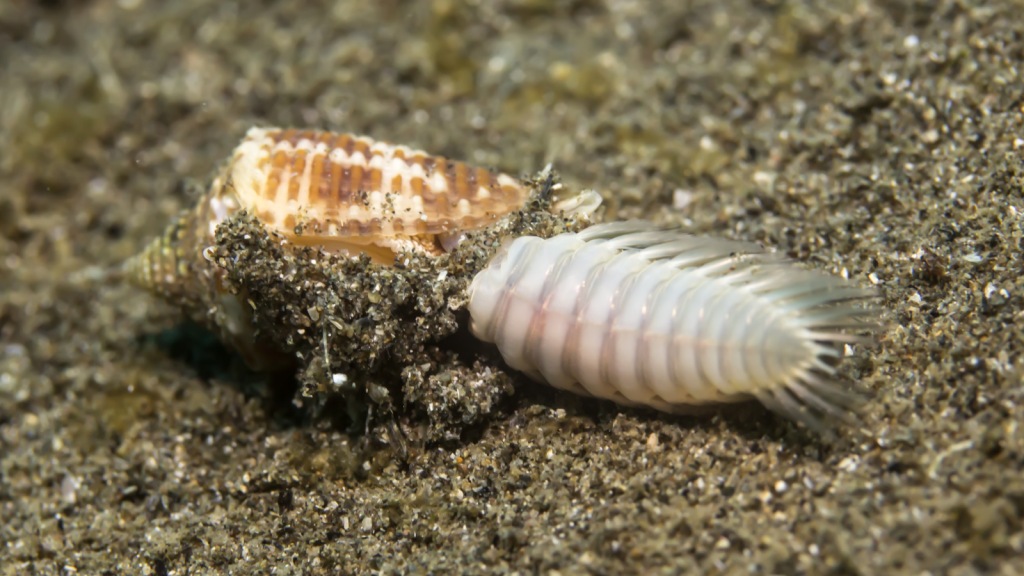
Despite their reputation as deadly hunters, cone snails are actually quite slow. They make up for their lack of speed with clever hunting strategies. Some species release chemicals into the water to attract their prey, while others bury themselves in sand and ambush passing fish. Certain species can even change colour to blend in with their surroundings, enhancing their ambush capabilities.
Their Venom Could Lead To New Painkillers
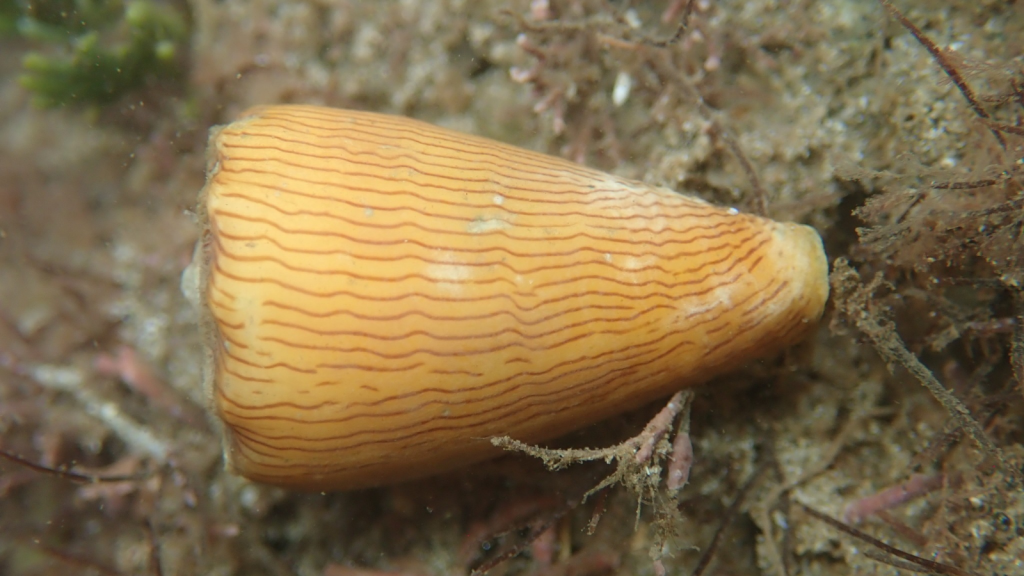
Scientists are studying cone snail venom for potential medical applications. One component of the venom has already been developed into a painkiller that’s 1,000 times more potent than morphine, without the risk of addiction. This drug, ziconotide (marketed as Prialt), is used to treat severe chronic pain and was approved by the FDA in 2004.
They Have A Venomous Tooth On A Leash
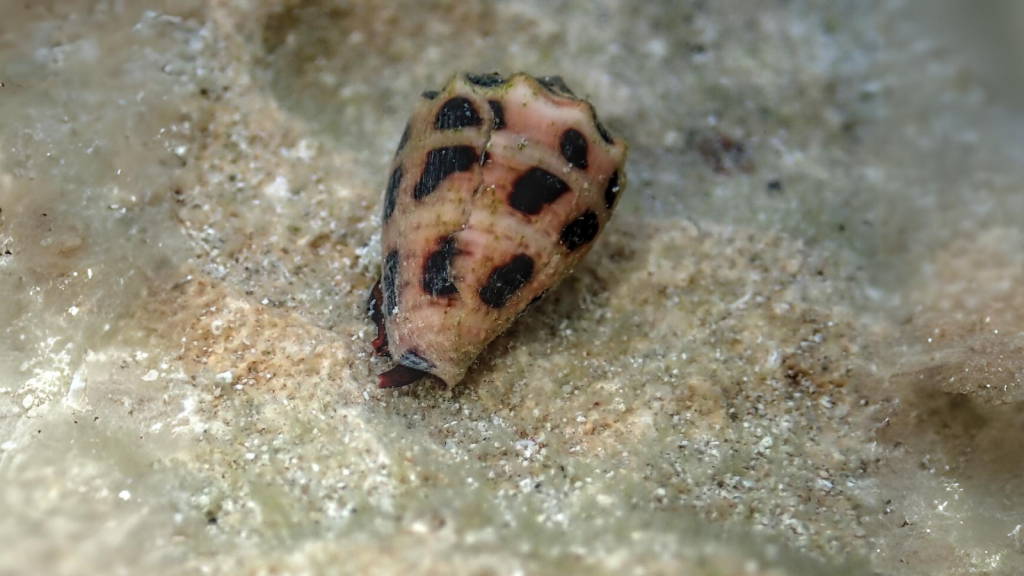
Cone snails deliver their venom through a long, flexible tooth called a radula. This tooth is attached to the snail’s body by a sort of leash, allowing it to be fired like a harpoon at prey. After use, the tooth is discarded and a new one takes its place. Some cone snails can have up to 20 teeth ready to use at any given time.
They Can Shoot In Any Direction
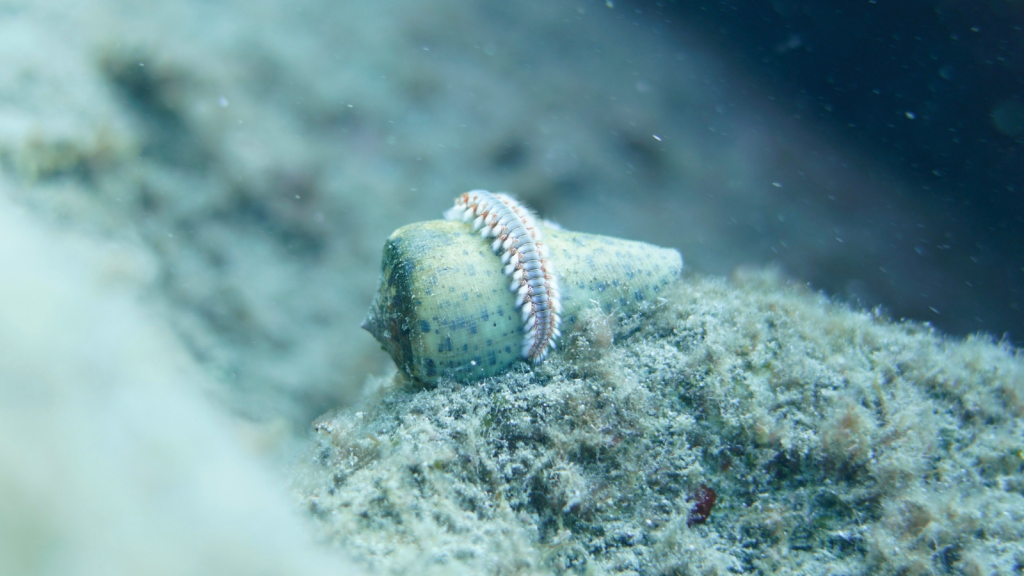
Unlike many predators, cone snails don’t need to face their prey to attack. Their venomous harpoon can be fired in any direction, even backwards. This gives them a significant advantage when hunting or defending themselves. The harpoon can extend up to the length of the snail’s shell, allowing it to strike prey at a considerable distance.
They’re Masters Of Chemical Warfare
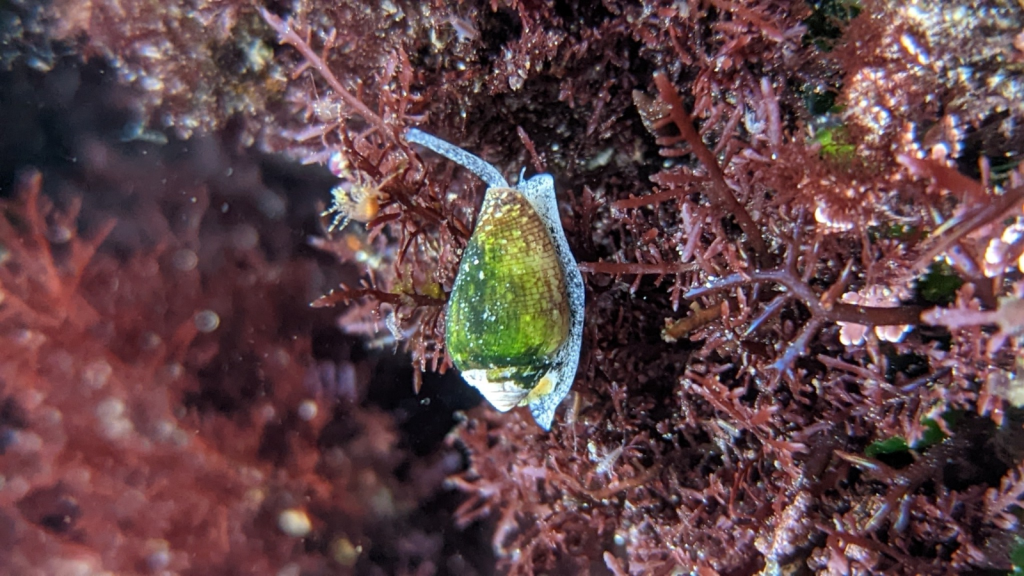
Cone snails produce a complex cocktail of over 100 different toxins in their venom. Each species has its own unique blend. This chemical diversity allows them to target a wide range of prey and adapt to different environments. Scientists estimate that there may be over 50,000 unique venom compounds across all cone snail species, each with potential pharmaceutical applications.
They Have Eyes On Stalks
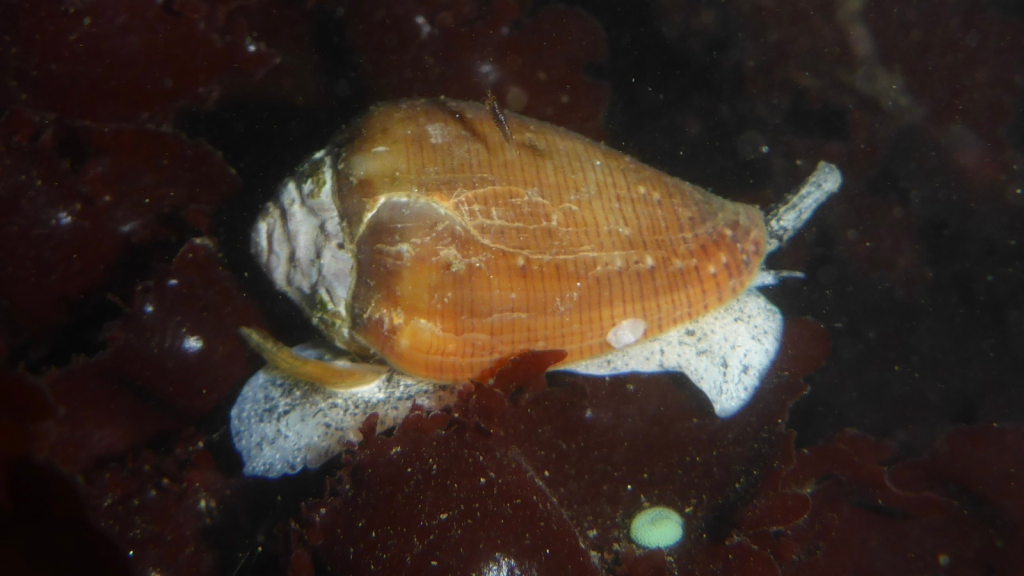
Like many snails, cone snails have eyes on the ends of stalks. However, their vision is quite poor. They rely much more on their keen sense of smell to detect prey and navigate their environment. Their olfactory organs are so sensitive that they can detect prey from several metres away.
They’re Ancient Creatures
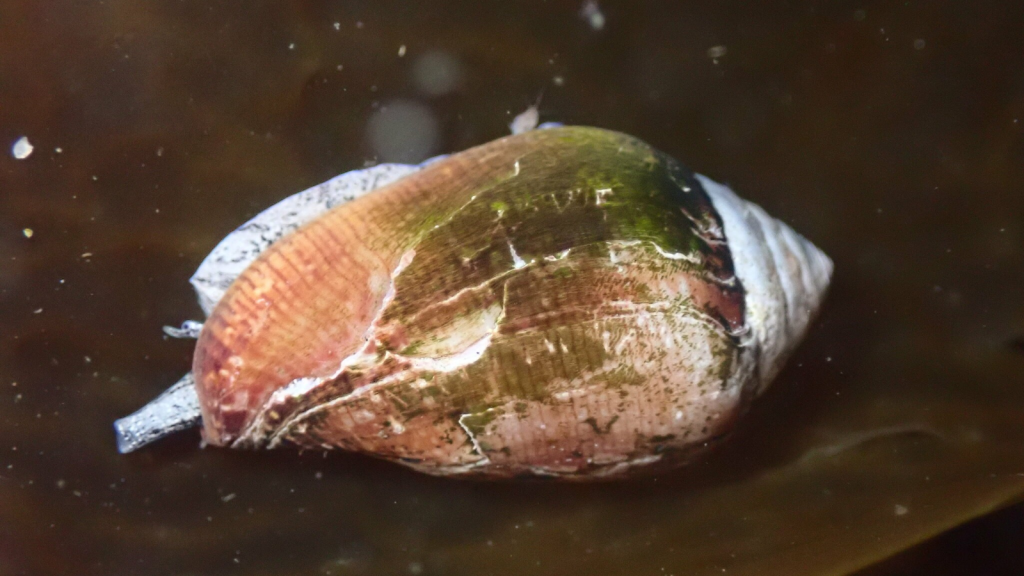
Cone snails have been around for a very long time. Fossil records show that they’ve existed for at least 55 million years. Over this time, they’ve evolved into hundreds of different species, each adapted to its specific habitat and prey. Their long evolutionary history has allowed them to develop their complex venom and unique hunting strategies.
They Can Change Their Shells
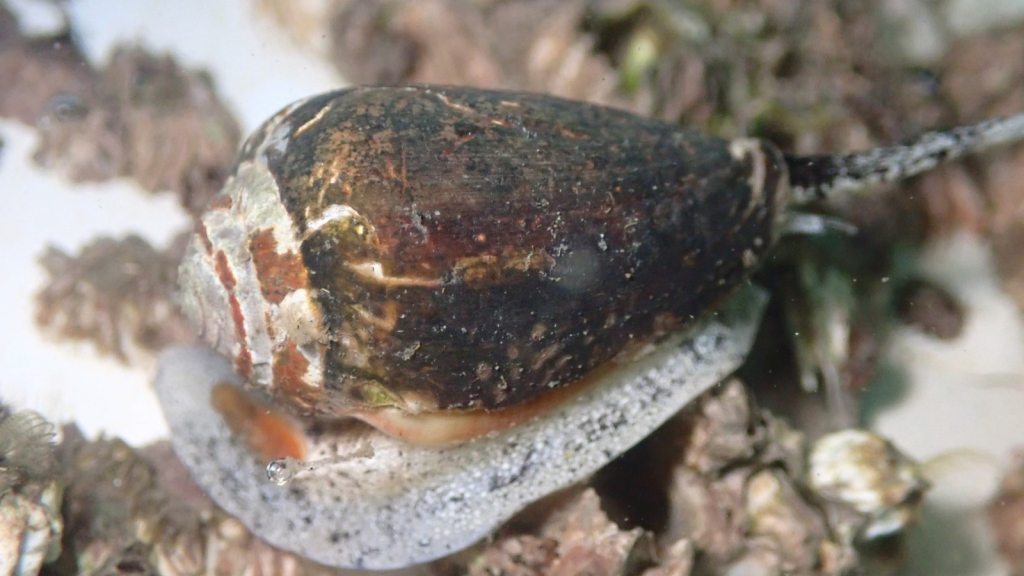
While the cone snail’s shell grows with the animal, they can also modify it. If their shell is damaged, they can secrete new material to repair it. Some species can even add spines or other structures to their shells as they grow. This ability to repair and modify their shells provides an extra layer of protection against predators.
They’re Noisy Eaters
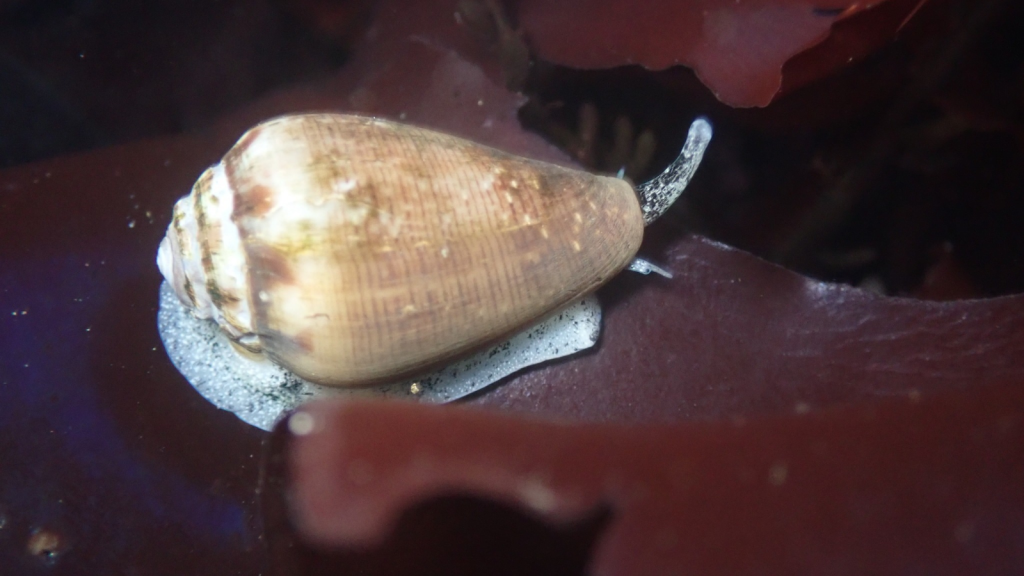
Despite being sea creatures, cone snails can make audible sounds when they eat. As they use their radula to rasp at their food, they produce a noise that’s been described as similar to a nail file on seashell. This sound can sometimes be heard above the water’s surface. Some researchers believe this noise might serve as a warning to other nearby prey, inadvertently alerting them to the cone snail’s presence.

